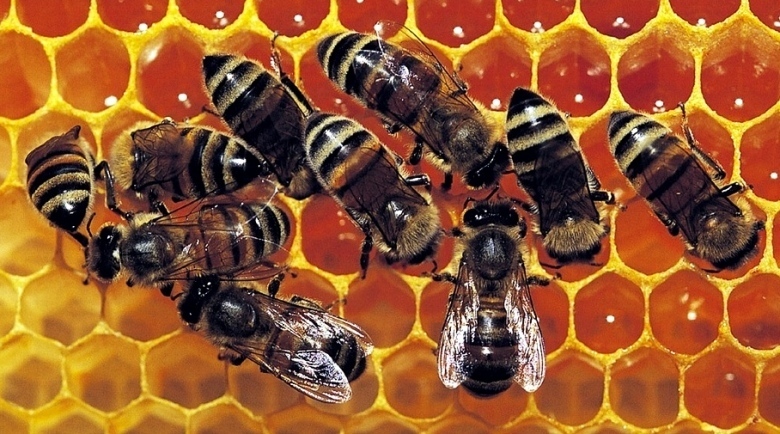
Bees around the world are at risk from a number of threats including habitat loss and the effect of pesticides, plus bacterial disease like American foulbrood. Bee colonies are also at risk from mites (especially Varroa mites) and parasites. Parasites have long been associated with “colony collapse disorder”, where entire hives are wiped out.
The parasite concerned is a microsporidian called Nosema ceranae, which can harm adult bees and their larvae. It causes adult bees to die early, and kills the larvae before they can metaphormasise into bees. It is spread easily via airborne spores.
The parasite poses a particular threat to honeybees found in Europe and across Asia. What is new, based on earlier investigations, is the risk to larvae. Most research had only detected infections occurring with adult bees.
The enhanced risks were found from studies conducted in a laboratory, where bees were kept and various risk scenarios involving the spread of the parasite were tried out. Under certain conditions, the scientists showed, entire colonies can be wiped out through parasitic infection.
Researchers have also found that infection is not easy to treat. Adult bees can be sprayed with the chemical fumagillin; however, when the effects wear off the infection can re-emerge.
Bees are of a great ecological importance (many agricultural crops worldwide are pollinated by honeybees), so researching why bees are in decline worldwide is of importance. The research into the parasitic risks is continuing.
